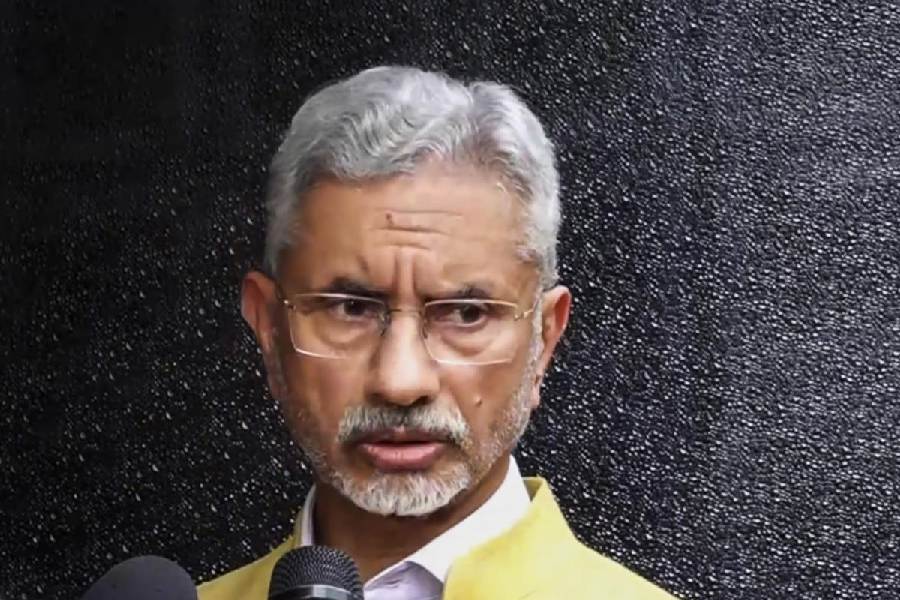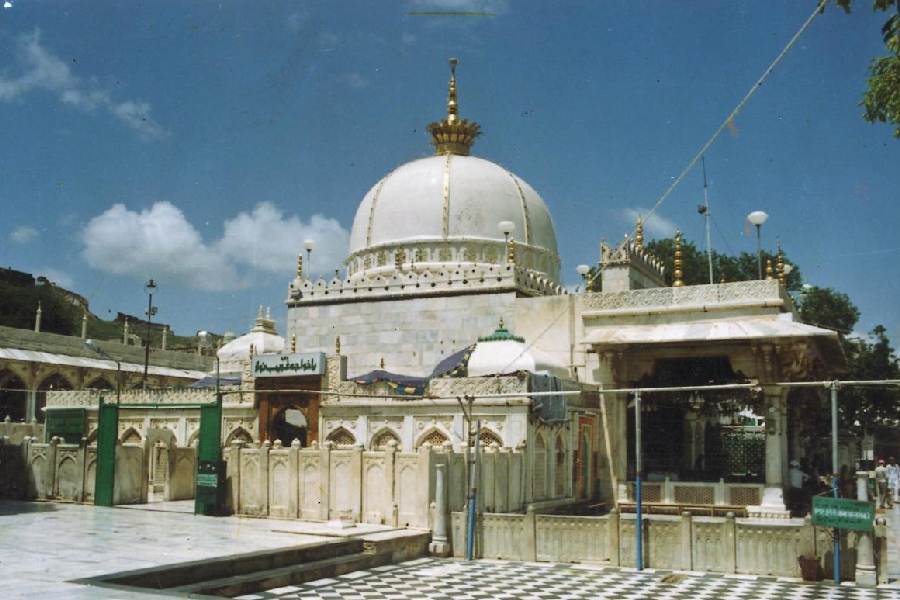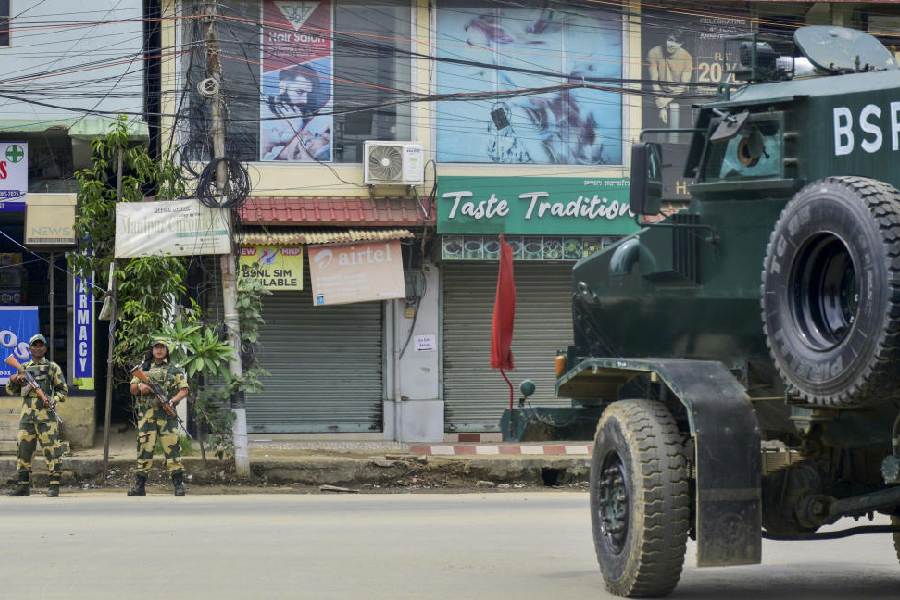 |
 |
| The bunker constructed in 1942 in central Berlin (top) and Central Deaconesses’ Home and Hospital that houses two art institutions in the city |
G.M. Kapur of INTACH called the other day to complain that a house at 12 Pretoria Street bearing the Calcutta Municipal Corporation’s (CMC) “heritage” label was being reconstructed without any regard for its “heritage” features.
The house at 4 A Little Russell Street had met with the same fate last year. Earlier, Bonani Kakkar of PUBLIC was in a tizzy because an “unlisted” but distinguished house in Ballygunge Circular Road was being knocked down.
Both INTACH and PUBLIC are watchdogs keeping an eye on the city’s rapidly depleting count of heritage buildings, and they wring their hands in despair because the CMC, which is the custodian of these buildings, and its heritage committee have never taken their responsibilities seriously enough, allowing developers to play havoc.
Think of the number of buildings and neighbourhoods we have lost to “development” in the not-so-distant past — Dunlop House, the Darbhanga maharaja’s house next to Tata Centre, Hindusthan Park and Bhowanipore (sections of both these paras have become unrecognisable), and such landmarks as the Great Eastern Hotel and the Mackinnon Mackenzie building are there only in name.
Save their facades they just don’t exist. The CMC obviously feels that its duty to our heritage does not go beyond putting the heritage stamp on certain buildings, although it has failed to create a complete list of structures so designated.
Yet the CMC “heritage” bigwigs were all there when conservation architect James Simpson, from Edinburgh, recently made a presentation where he said “there is no greener building than an existing building” and that conservation is environmentally and economically important. When it comes to action the CMC freezes.
Berlin, which I visited thanks to an invitation from the Goethe-Institut, has many outstanding examples of the reuse of old buildings, including a bunker, a hospital and a railway station, all of which is being used to promote art.
Christian Boros, a major collector, houses his entire collection in a bunker constructed in 1942 in central Berlin for about 2000 people. The bunker has a colourful career. In 1945 it was occupied by the Soviet army, and within four years it served as a warehouse for textiles. In the late 1950s it was used to store dried and tropical fruit, and local residents began to call it “bananabunker.”
In 1990, the Reunion the Federal Republic of Germany took it over, and two years later it became world famous as a techno club and people used some of the abandoned sections to have sex.
Radicals plays were staged here. Finally, Boros, an adman, appointed architect Jens Casper and Petra Peterson to remodel it for his ever-growing collection. Here works tailored to suit the space are exhibited.
Kunstlerhaus Bethanien and Kunstraum Kreuzberg Bethanien with their studios and exhibition spaces are both housed in the Central Deaconesses’ Home and Hospital constructed in a style that was imitative of Gothic architecture between 1845 and 1847.
It had been commissioned by Friedrich Wilhelm IV. In 1947 it was fated to be demolished, at a time when it was being squatted. Michael Hardter, the founding director of Kunstlerhaus Bethanien GmbH, was among those who saved it from destruction.
The Hamburger Bahnhof, that was erected in the mid-19th century as one of the first terminal stations of the rail system, reopened in November 1996 after a lengthy reconstruction by architect Josef Paul Kleihues. Now a Museum for Contemporary Art, in early 20th century, the structure was converted into a museum of transport and construction.
It has a neo-classical façade and actually looks funky as it is outlined with blue neon that is visible from the city trains. Of course, a lot of money is needed for this, but think of the money the CMC wastes every year on projects like paving footpaths, turning them into death traps in the process, or the futile drive against mosquitoes. It is said that the Old Mint on Strand Road will be converted into a museum and a hotel. But unless it actually materialises nothing definite can be said about it.










